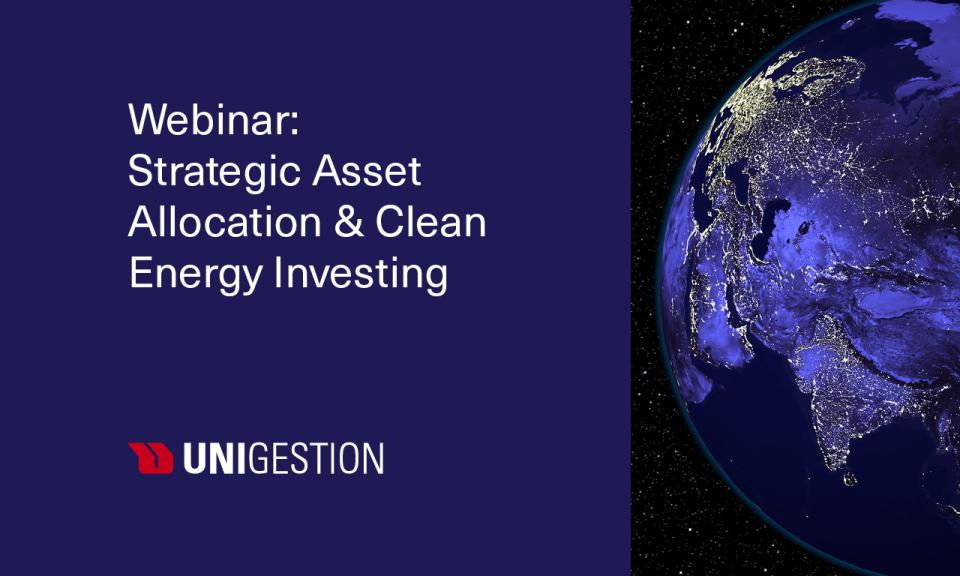
Do investments in clean energy make financial sense?
This is the question that a series of joint publications by the International Energy Agency and the Centre for Climate Finance and Investment have sought to answer, with the aim of establishing greater financial transparency to help financial institutions and policymakers participate in the energy transition.
The first two reports in the series investigated the financial performance of clean energy assets across a range of listed markets. Over a ten-year horizon, a publicly-traded portfolio consisting of renewable power assets generated generally higher investment returns, lower volatility in some regions, and exhibited higher diversification benefits (meaning that performance was less correlated to the overall market) than a portfolio consisting of fossil fuel companies. The renewable portfolio also displayed greater resilience than other energy investments, especially during the market downturn triggered by the Covid-19 pandemic.
Climate change and decarbonization objectives are now driving governments and investors to consider clean energy investing. However, information gaps and short-termism continue to cause challenge for investors to originate and invest in clean energy assets. To ensure sufficient clean energy investments, investors and policymakers need to tap into private markets, but the limited availability of transparent and reliable data on unlisted asset returns, as well as asset specific and macro-financial risks, restrain investor participation. Understanding the investment case for these unlisted assets is an important aspect of the broader energy transition picture.
In this, our third joint paper with the IEA, we turn our attention to unlisted renewable assets to address these concerns. Our paper aims to establish greater transparency for institutional investors by analyzing the financial performance of unlisted renewables and infrastructure assets globally, including emerging economies. We examine their risks and returns globally, including in emerging markets and developing economies.
Our analysis will cover the performance of an index representing global unlisted renewables, consisting of wind, solar, hydropower, and other renewables assets (biomass, geothermal, marine power, and battery storage). Wind assets, largely onshore wind, accounted for more than half of the portfolio constituents, with solar and hydropower each comprising one-fifth. We compared this with a broader unlisted infrastructure portfolio that included assets across a range of sectors, such as transport and telecommunications, as well as with various other portfolios and benchmarks.
Initial enquiries revealed that a publicly traded portfolio consisting of renewable power assets generated generally higher investment returns and exhibited lower volatility over a ten-year horizon. This report finds that unlisted renewable assets outperform the broader unlisted infrastructure assets, as well as the listed market benchmark, MSCI ACWI, over the past ten years at a diversified index level.
Read the second report in this series, Clean Energy Investing: Global Comparison of Investment Returns
